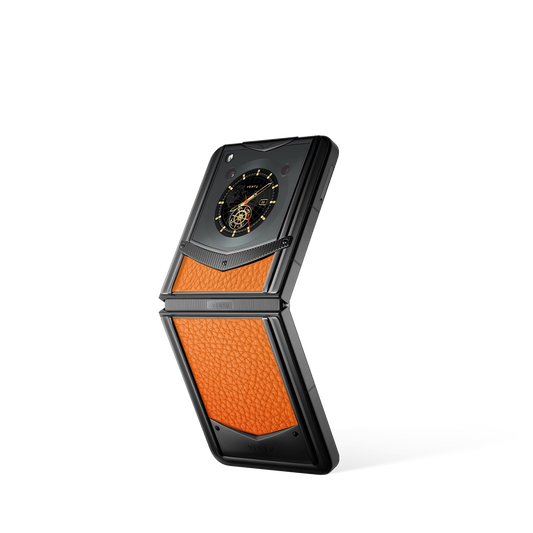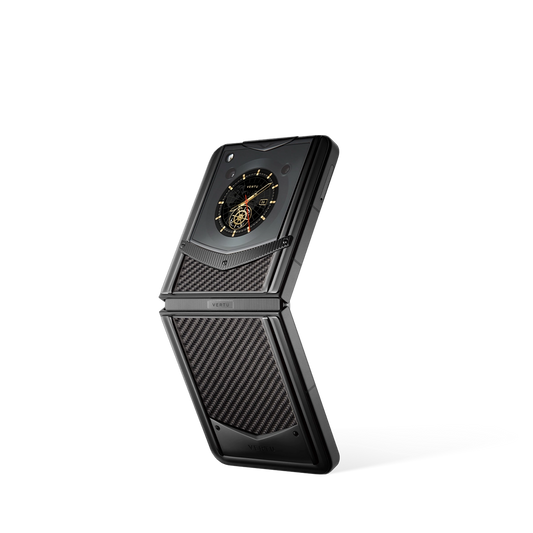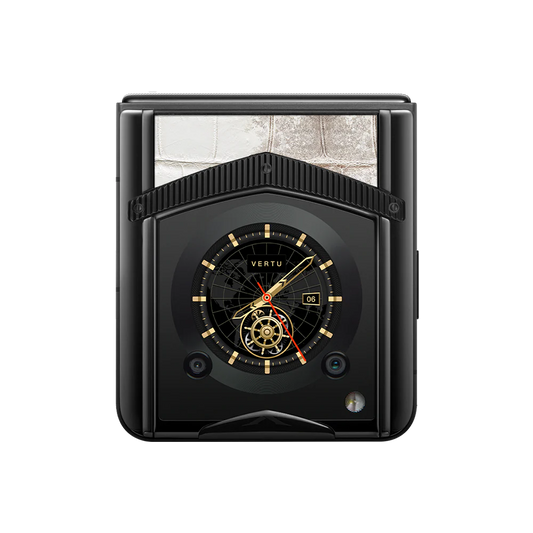NVIDIA's Latest Release: the Most Powerful GPU In the History?

From March 18-21, NVIDIA hosted the GTC conference in San Jose, USA. As an annual technology conference, GTC is considered a leading indicator of the AI industry. Founder Jensen Huang delivered a two-hour opening speech at the conference.
Over the past year, AI has experienced significant growth, and NVIDIA has been at the forefront of this development. The company's stock price has soared by 260% in just one year, and its current market value exceeds 2.2 trillion dollars. It was once reported that NVIDIA employees 'rely on the stock to get rich'.
The latest progress of NVIDIA technology and the continued implementation of GPUs into various industries are of interest.
Release the ‘most successful’ GPUs' in the history
During the presentation, NVIDIA unveiled their latest chip architecture, Blackwell. This GPU platform, named after mathematician David Harold Blackwell, is based on the successful Hopper architecture previously introduced by NVIDIA. The Blackwell GPU boasts an impressive 208 billion transistors and can support AI models with up to 10 trillion parameters.
In addition to the chip, this architecture includes a fifth-generation NVLink high-speed interconnect, a second-generation Transformer engine, and a comprehensive multi-dimensional upgrade.
Currently, Amazon, Dell, Google, Meta, Microsoft, OpenAI, and Tesla plan to use Blackwell GPUs.
NVIDIA has also released the server GB200 NVL72, which combines 36 sets of Grace CPUs and 72 sets of Blackwell GPUs.
Publication of a broad, generalized model in the robotics field
NVIDIA will release a general-purpose basic large model for the robotics field named GROOT. Additionally, NVIDIA has launched Thor, a new computer for robotics, with specific optimizations for performance, power consumption, and size.
NVIDIA aims to enhance the robot's cognitive abilities through this initiative, enabling it to observe human behaviour and perform natural imitations of actions with improved coordination, flexibility, and other aspects.
NVIDIA is presently developing humanoid robots for 1X Technologies, Agility Robotics, Apptronik, Boston Dynamics, Figure AI, Fourier Intelligence, Sanctuary AI, Unitree Robotics, XPENG Robotics, and other similar companies to create AI platforms.
Update to 25 healthcare microservices
NVIDIA has launched a new AI inference server called NIM (NVIDIA INFERENCE MICROSERVICE), which enables customization of AI models and applications.
In the healthcare sector, NVIDIA has introduced 25 new medical scenario-based microservices (NIM) to help global healthcare companies improve efficiency using generative AI.
Healthcare companies can use these microservices to screen trillions of drug compounds, collect patient data to aid early disease detection, or implement smarter digital assistants.
Currently, almost 50 application providers worldwide use NVIDIA's healthcare microservices.
Automotive Industry
NVIDIA has unveiled its new in-vehicle computing platform, DRIVE Thor, which succeeds the previous-generation DRIVE Orin.
This platform delivers improved automated cockpit performance by integrating the new NVIDIA Blackwell architecture, designed for Transformer, LLM, and generative AI workloads.
Several vendors have already announced new collaborative developments for this platform.
Communications & Climate Governance & Quantum Computing
NVIDIA has launched the 6G Research Cloud Platform, which enables communication companies to simulate physical terrain and man-made structures, improving wireless transmission reliability. Nokia and Samsung are partners in this field.
Additionally, NVIDIA has introduced the Earth-2 climate digital twin cloud platform for simulating and visualising weather. The presentation highlighted that Earth-2 can provide users with warnings and updated forecasts in seconds, which is significantly faster than traditional CPU-driven modeling that can take minutes or even hours. This helps to correct inaccuracies in coarse-resolution forecasts. Additionally, Earth-2 generates climate images that are 12.5 times higher in resolution and 1,000 times faster than current numerical models, while also being 3,000 times more energy efficient.
NVIDIA has announced that Japan's new ABCI-Q supercomputer will be powered by NVIDIA's acceleration and quantum computing platforms.

















